Paul Newman, a Magnetic Titan of Hollywood, Is Dead at 83
By ALJEAN HARMETZ SEPT. 27, 2008
Paul Newman, one of the last of the great 20th-century movie stars, died Friday at his home in Westport, Conn. He was 83.
He acted in more than 65 movies over more than 50 years, drawing on a physical grace, unassuming intelligence and good humor that made it all seem effortless. Stardom arrived a year and a half later, when he inherited from James Dean the role of the boxer Rocky Graziano in “Somebody Up There Likes Me.” Mr. Dean had been killed in a car crash before the screenplay was finished. Mr. Newman’s filmography was a cavalcade of flawed heroes and winning antiheroes stretching over decades. In 1958 he was a drifting confidence man determined to marry a Southern belle in an adaptation of “The Long, Hot Summer.” In 1982, in “The Verdict,” he was a washed-up alcoholic lawyer who finds a chance to redeem himself in a medical malpractice case. And in 2002, at 77, having lost none of his charm, he was affably deadly as Tom Hanks’s gangster boss in “Road to Perdition.” It was his last onscreen role in a major theatrical release. (He supplied the voice of the veteran race car Doc in the Pixar animated film “Cars” in 2006.) As Hud Bannon in “Hud” (1963) Mr. Newman was a heel on the Texas range who wanted the good life and was willing to sell diseased cattle to get it. The character was intended to make the audience feel “loathing and disgust,” Mr. Newman told a reporter. Instead, he said, “we created a folk hero.”
Mr. Newman’s three younger daughters are the children of his 50-year second marriage, to the actress Joanne Woodward. Mr. Newman and Ms. Woodward both were cast — she as an understudy — in the Broadway play “Picnic” in 1953. Starting with “The Long, Hot Summer” in 1958, they co-starred in 10 movies, including “From the Terrace” (1960), based on a John O’Hara novel about a driven executive and his unfaithful wife; “Harry & Son” (1984), which Mr. Newman also directed, produced and helped write; and “Mr. & Mrs. Bridge” (1990), James Ivory’s version of a pair of Evan S. Connell novels, in which Mr. Newman and Ms. Woodward played a conservative Midwestern couple coping with life’s changes. When good roles for Ms. Woodward dwindled, Mr. Newman produced and directed “Rachel, Rachel” for her in 1968. Nominated for the best-picture Oscar, the film, a delicate story of a spinster schoolteacher tentatively hoping for love, brought Ms. Woodward her second of four best-actress Oscar nominations. (She won the award on her first nomination, for the 1957 film “The Three Faces of Eve,” and was nominated again for her roles in “Mr. & Mrs. Bridge” and the 1973 movie “Summer Wishes, Winter Dreams.”) Mr. Newman also directed his wife in “The Effect of Gamma Rays on Man-in-the-Moon Marigolds” (1972), “The Glass Menagerie” (1987) and the television movie “The Shadow Box” (1980). As a director his most ambitious film was “Sometimes a Great Notion” (1971), based on the Ken Kesey novel. In an industry in which long marriages might be defined as those that last beyond the first year and the first infidelity, Mr. Newman and Ms. Woodward’s was striking for its endurance. But they admitted that it was often turbulent. She loved opera and ballet. He liked playing practical jokes and racing cars. But as Mr. Newman told Playboy magazine, in an often-repeated quotation about marital fidelity, “I have steak at home; why go out for hamburger?” The director Josh Logan and the playwright William Inge gave him a small role in “Picnic,” a play that was to run 14 months on Broadway. Soon he was playing the second male lead and understudying Ralph Meeker as the sexy drifter who roils the women in a Kansas town When Mr. Penn adapted the Billy the Kid teleplay for his first Hollywood film, “The Left Handed Gun,” in 1958, he again cast Mr. Newman in the lead. Even so, Mr. Newman was saddled for years with an image of being a “pretty boy” lightweight.“Paul suffered a little bit from being so handsome — people doubted just how well he could act,” Mr. Penn told the authors of the 1988 book “Paul and Joanne.” By 1957 Mr. Newman and Ms. Woodward were discreetly living together in Hollywood; his wife had initially refused to give him a divorce. He later admitted that his drinking was out of control during this period.With his divorce granted, Mr. Newman and Ms. Woodward were married on Jan. 29, 1958, and went on to rear their three daughters far from Hollywood, in a farmhouse on 15 acres in Westport, Conn.
That same year Mr. Newman played Brick, the reluctant husband of Maggie the Cat, in the film version of Tennessee Williams’s “Cat on a Hot Tin Roof,” earning his first Academy Award nomination, for best actor. In 1961, with “The Hustler,” he earned his second best-actor Oscar nomination. He had become more than a matinee idol.
Many of his meaty performances during the early ’60s came in movies directed by Martin Ritt, who had been a teaching assistant to Elia Kazan at the Actors Studio when Mr. Newman was a student. After directing “The Long, Hot Summer,” Mr. Ritt directed Mr. Newman in “Paris Blues” (1961), a story of expatriate musicians; “Hemingway’s Adventures of a Young Man” (1962); “Hud” (1963), which brought Mr. Newman a third Oscar nomination; “The Outrage” (1964), with Mr. Newman as the bandit in a western based on Akira Kurosawa’s “Rashomon”; and “Hombre” (1967), in which Mr. Newman played a white man, reared by Indians, struggling to live in a white world.
Among his other important films were Otto Preminger’s “Exodus” (1960), Alfred Hitchcock’s “Torn Curtain” (1966) and Jack Smight’s “Harper” (1966), in which he played Ross Macdonald’s private detective Lew Archer.
Paul Newman with his wife, Joanne Woodward, in 2002 outside the Westport Country Playhouse in Westport, Conn. Credit Sara Krulwich/The New York Times
A politically active liberal Democrat, Mr. Newman was a Eugene McCarthy delegate to the 1968 Democratic convention and appointed by President Jimmy Carter to a United NationsGeneral Assembly session on disarmament. He expressed pride at being on President Richard M. Nixon’s enemies list. When Mr. Newman turned 50, he settled into a new career as a character actor, playing the title role — “with just the right blend of craftiness and stupidity,” Janet Maslin wrote in The New York Times — of Robert Altman’s “Buffalo Bill and the Indians” (1976); an unscrupulous hockey coach in George Roy Hill’s “Slap Shot” (1977); and the disintegrating lawyer in Sidney Lumet’s “Verdict.” Most of Mr. Newman’s films were commercial hits, probably none more so than “The Sting” (1973), in which he teamed with Mr. Redford again to play a couple of con men, and “The Towering Inferno” (1974), in which he played an architect in an all-star cast that included Steve McQueen and Faye Dunaway. After his fifth best-actor Oscar nomination, for his portrait of an innocent man discredited by the press in Sydney Pollack’s “Absence of Malice” (1981), and his sixth a year later, for “The Verdict,” the Academy of Motion Picture Arts and Sciences in 1986 gave Mr. Newman the consolation prize of an honorary award. In a videotaped acceptance speech he said, “I am especially grateful that this did not come wrapped in a gift certificate to Forest Lawn.” His best-actor Oscar, for “The Color of Money,” came the next year, and at the 1994 Oscars ceremony he received the Jean Hersholt Humanitarian Award. The year after that he earned his eighth nomination as best actor, for his curmudgeonly construction worker trying to come to terms with his failures in “Nobody’s Fool” (1994). In 2003 he was nominated as best supporting actor for his work in “Road to Perdition.” And in 2006 he took home both a Golden Globe and an Emmy for playing another rough-hewn old-timer, this one in the HBO mini-series “Empire Falls.”
Besides Ms. Woodward and his daughters Susan and Nell, he is survived by three other daughters, Stephanie, Melissa and Clea; two grandchildren; and his brother.
Mr. Newman returned to Broadway for the last time in 2002, as the Stage Manager in a lucrative revival of Thornton Wilder’s “Our Town.” The performance was nominated for a Tony Award, though critics tended to find it modest. When the play was broadcast on PBS in 2003, he won an Emmy.
This year he had planned to direct “Of Mice and Men,” based on the John Steinbeck novel, in October at the Westport Country Playhouse in Connecticut. But in May he announced that he was stepping aside, citing his health.
Mr. Newman’s last screen credit was as the narrator of Bill Haney’s documentary “The Price of Sugar,” released this year. By then he had all but announced that he was through with acting.
“I’m not able to work anymore as an actor at the level I would want to,” Mr. Newman said last year on the ABC program “Good Morning America.” “You start to lose your memory, your confidence, your invention. So that’s pretty much a closed book for me.” But he remained fulfilled by his charitable work, saying it was his greatest legacy, particularly in giving ailing children a camp at which to play. “We are such spendthrifts with our lives,” Mr. Newman once told a reporter. “The trick of living is to slip on and off the planet with the least fuss you can muster. I’m not running for sainthood. I just happen to think that in life we need to be a little like the farmer, who puts back into the soil what he takes out.”
ADVERTISEMENT
BY
Looking for more information?
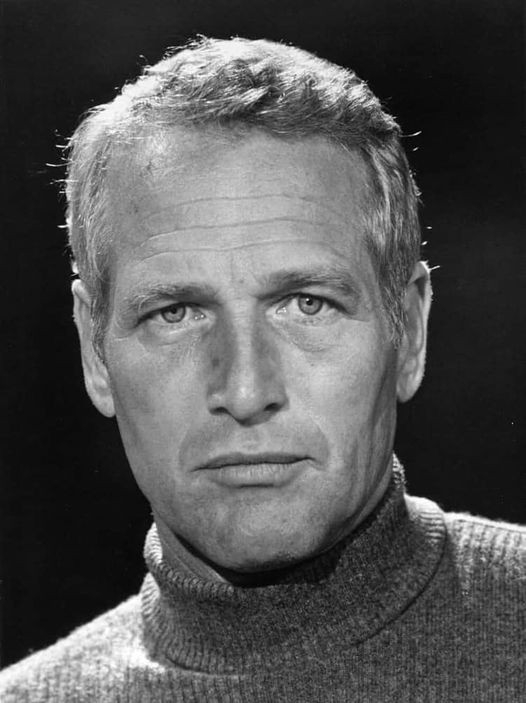
 Amanda S. Stevenson
Amanda S. Stevenson 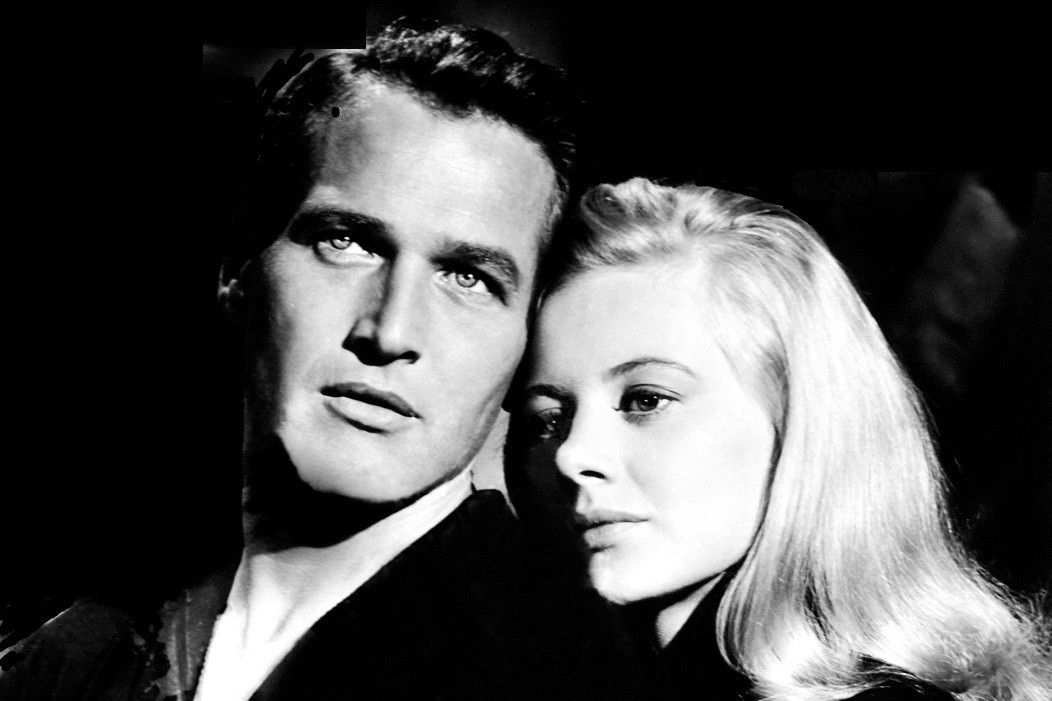
 Amanda S. Stevenson
Amanda S. Stevenson 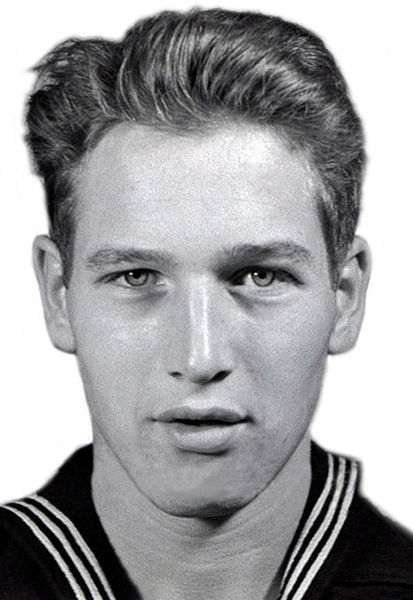
 Amanda S. Stevenson
Amanda S. Stevenson 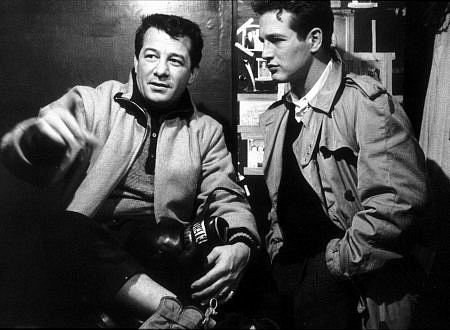
 Amanda S. Stevenson
Amanda S. Stevenson 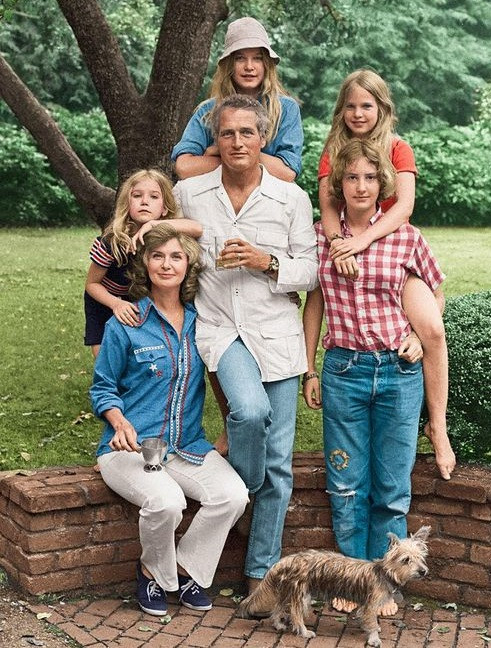
 Amanda S. Stevenson
Amanda S. Stevenson 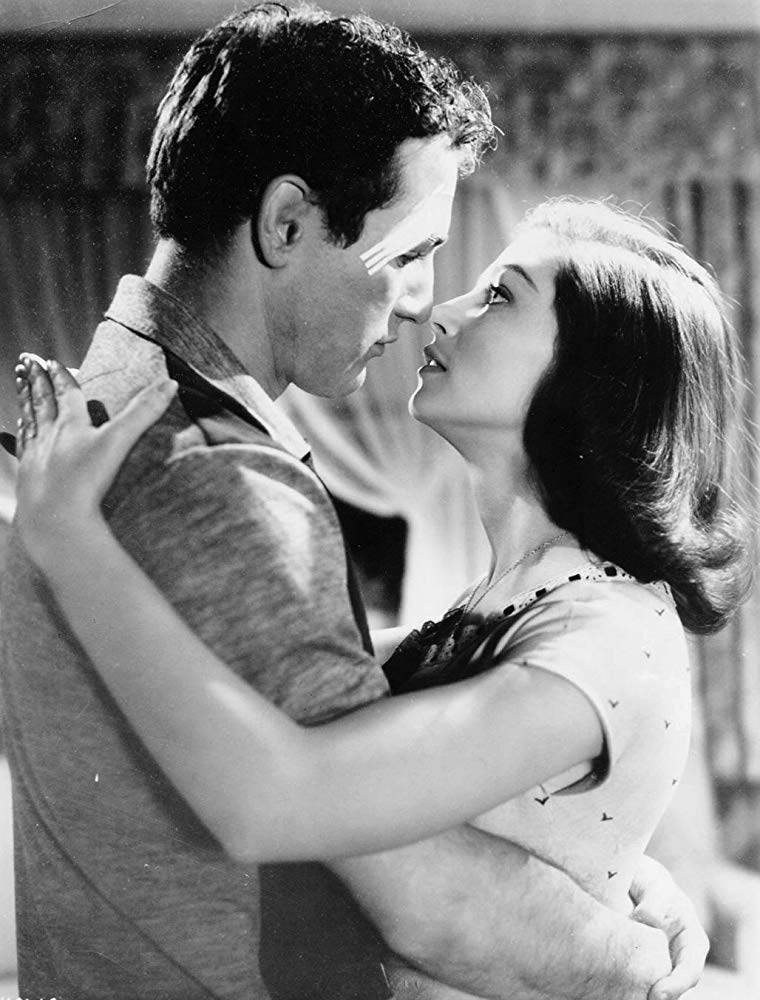
 Amanda S. Stevenson
Amanda S. Stevenson 
 Amanda S. Stevenson
Amanda S. Stevenson 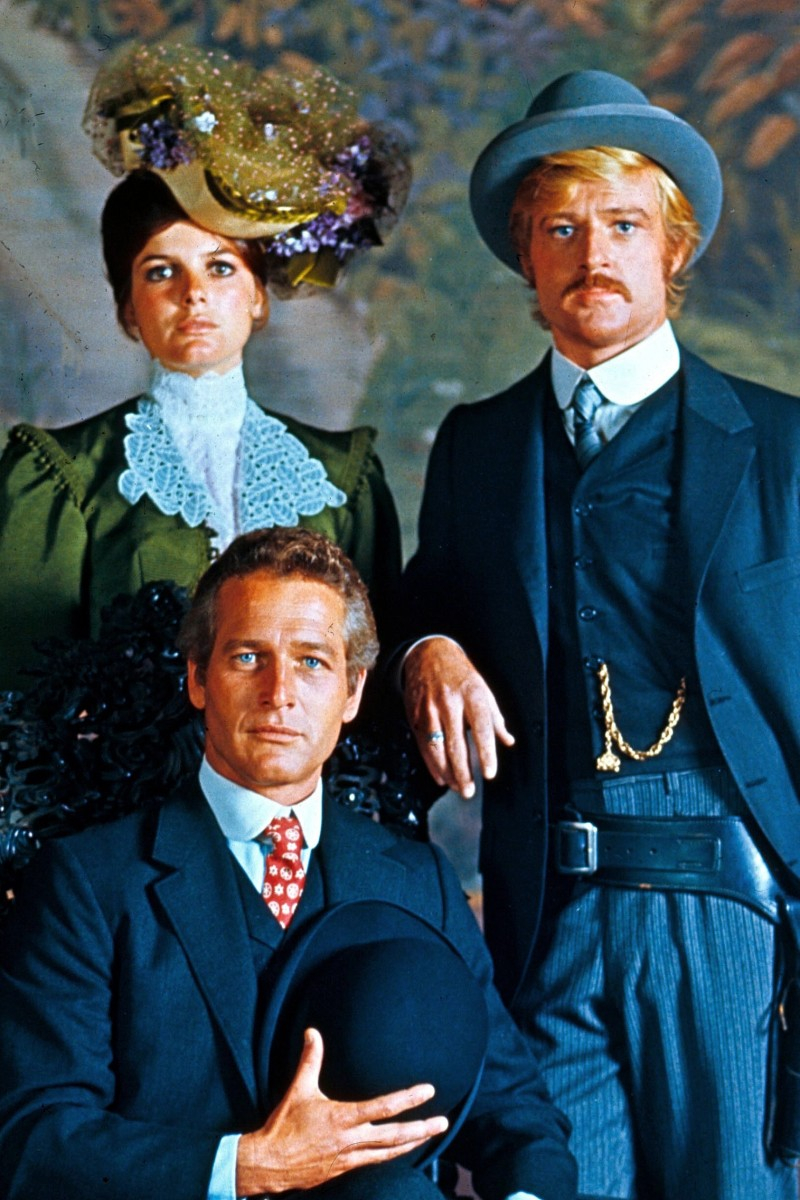
 Amanda S. Stevenson
Amanda S. Stevenson 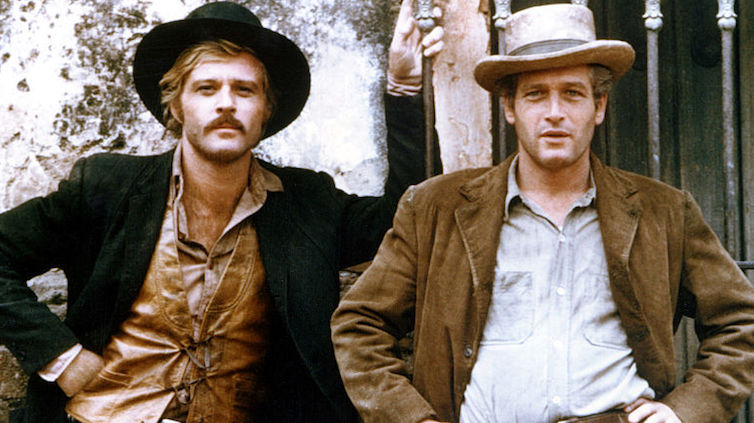
 Amanda S. Stevenson
Amanda S. Stevenson 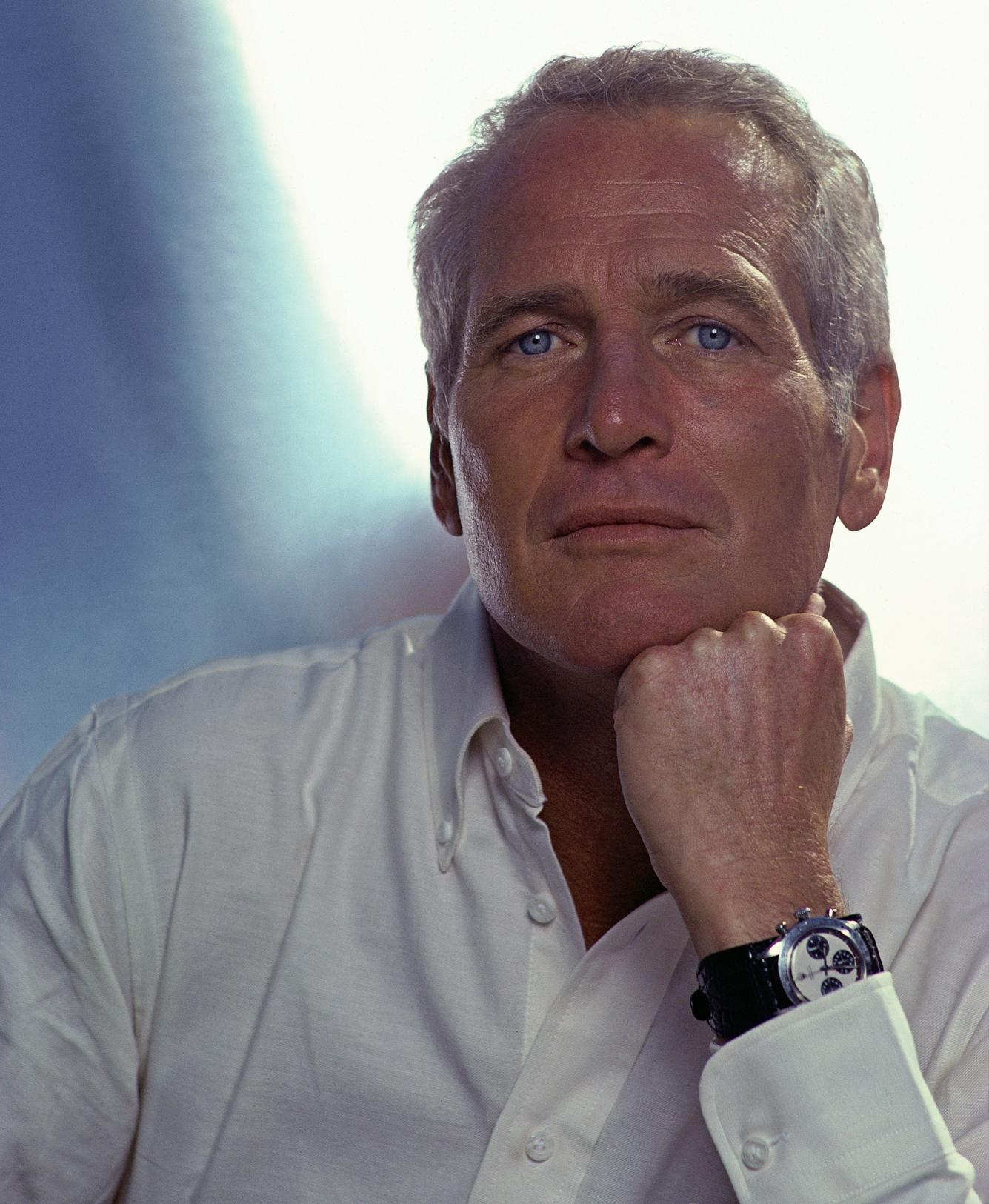
 Amanda S. Stevenson
Amanda S. Stevenson 